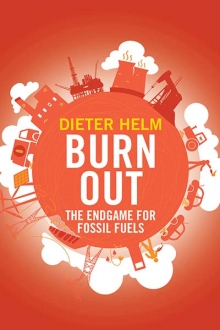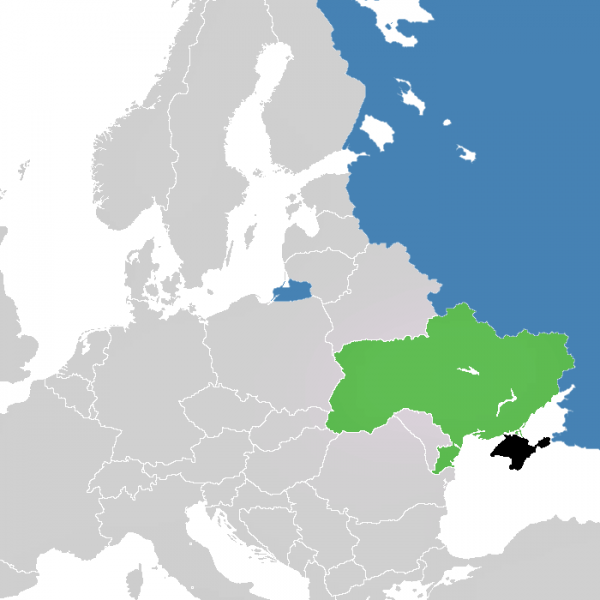Why Oil Prices May Go on Falling – Forever
Dieter Helm—
When the Saudis decided to draw a halt to the great shale oil boom in the United States at the end of 2014, they thought they could administer a short, sharp shock of lower prices that would kill off this threat, and then the market would rebalance again at just below the shale costs of production.
They made a classic mistake. Almost everything that could go wrong with this plan did so. Not only did the shale revolution show a remarkable resilience, but as the other producers were caught with a sudden loss of money, they increased their own production. If for a number of key producers, it costs $20 or less to produce a barrel, it is still profitable to produce at a market price of $50 or lower. And they did a lot more, especially Iraq and Iran. So did Russia.
This created the mother of all energy storms for the Saudis. As prices fell, shale costs fell, and supply from conventional oil producers increased. With Plan A failing badly, the Saudis tried Plan B, which was to spur the OPEC countries (and Russia) to cut production. Unlike the great cartel actions of the 1970s, the problem this time around is that Iran and Iraq would not play ball, and Russia could always cheat. They are at it again, but the cartel is fatally weakened by the obvious incentives to free ride. Temporary successes only encourage more production.
So here we are, almost three years later and the oil price is close to $50 a barrel. Yet the producers (and many of the companies) still cling to the belief that if they just hang on long enough, the good times will return: it is all a temporary hiccup. They are wrong.
A glance back at history reveals that for over hundred years (from 1870 to 1970) the real price of oil gradually fell—despite two World Wars and the twentieth century’s great fossil-fueled industrialization. Why? Because economics worked: technical progress kept driving down costs, and supply responded to demand. That is how markets work.
It is only in recent years that apparently rational analysts have claimed that peak oil will lead to ever-higher prices. These peak oilers claimed that we are running out of oil (and other fossil fuels) and hence there is a coming collision between ever higher demand and a fixed and limited supply. They were aided and abetted by renewable (and nuclear) lobbyists who saw a rising oil price as a golden opportunity to get governments to subsidize them to prevent an expected security of supply crunch.
The reality is that there is no shortage of supply. The earth’s crust is riddled with fossil fuels, and fracking technology is the latest way of unlocking these. There is so much potential supply that, were it to be burnt, it would probably fry the planet several times over.
Whilst supply keeps on coming, demand is threatened by technical progress. The world’s economies are digitalizing. Robots, 3-D printing, and Artificial Intelligence are transforming industries—and with it, the type of demand for energy. A digitalized world is an electric world, and that is bad news for oil. Its transport market is going to leach away.
This technical progress extends to the generation and supply of electricity. Next generation solar—opening up the light spectrum and developing solar films for wide applications—bring solar into the mainstream. The sun is an infinite source of energy supply. Then there is smart distribution, smart networks, demand-side responses, storage, and flexible generation. The electricity industry is going through a great transformation. Oil plays little part in all this.
The core oil market in transport is under threat from electric cars. Its other market is in petrochemicals, and here the development of shale gas is taking its toll. Ethane has been displacing oil in the US, and now it is even beginning to levy its impact in Europe. Further ahead, new materials like graphene may do more damage to the petrochemical market for oil.
Looking over the long history of oil, $50 is a high price—not a low one. But that history has been one of continuing increases in demand. With the marginal cost of oil production in the Middle East below $10 and in Russia perhaps $20, the economics point to lower, not higher, prices.
This logic will eventually dawn on the Saudis, and when it does one of the fundamental assumptions behind its rise from the deserts of Arabia will have to be reversed. To date, every time the Saudis and OPEC restrict supply they have done so on the assumption that the oil in the ground will be worth more tomorrow than it is today. What if that is wrong? Then the incentive is to pump more today. And if this is applied across the board, the response to the expectation of further falls in prices will be to increase supply now, and hence make the expectation self-fulfilling.
This matters not just for the energy markets. It has enormous geopolitical consequences. Many of the big producer countries have spent their money from the $100-a-barrel years. They have bought off the Arab Spring, and in Russia’s case, Putin’s incredible fourteen-year run of continually rising oil prices and revenue has come to an abrupt halt. Now the Saudis, with an average age of eighteen, have had to start depleting their sovereign wealth fund and sell off an initial chunk of Saudi Aramco. The Russia military budget is now much harder to finance, even before the costs of Crimea and Syria are added. Extending drilling in the Arctic may actually make matters worse since Rosneft and the oil companies will soak up desperately needed cash, which would otherwise have gone into the Russian budget.
But this is just the beginning. Things may be about to take a further turn for the worse. In the realm of foreign policy, the Middle East would not be very significant without oil, and the US dependency on the Gulf—and in particular, Saudi Arabia—no longer bites. Russia does not look like it could match the US in an arms race. When oil prices fell in the 1980s, eventually so too did the Soviet Union, and when they fell again in the late 1990s, Russia went bust.
The surprising winner in all this is the United States. Trump neither faces the challenges that Nixon had in the early 1970s, nor those that confronted George W. Bush in the early 2000s. North American energy independence is practically already upon us, with both oil and gas exports picking up. Its shale industry has survived the price falls, and it has the technological base to build out the new digital and renewables economy. No President has come into office on such advantageous energy terms for a very long time.
Dieter Helm is fellow in economics, New College, Oxford. He is also professor of energy policy and professorial research fellow, Smith School of Enterprise and the Environment, University of Oxford. He lives in Oxfordshire, UK.
Further Reading
Featured Image: “Sirius Star,” by U.S. Navy Aviation Warfare Systems Operator 2nd Class William S. Stevens, licensed for use on the public domain by Wikimedia Commons.



























